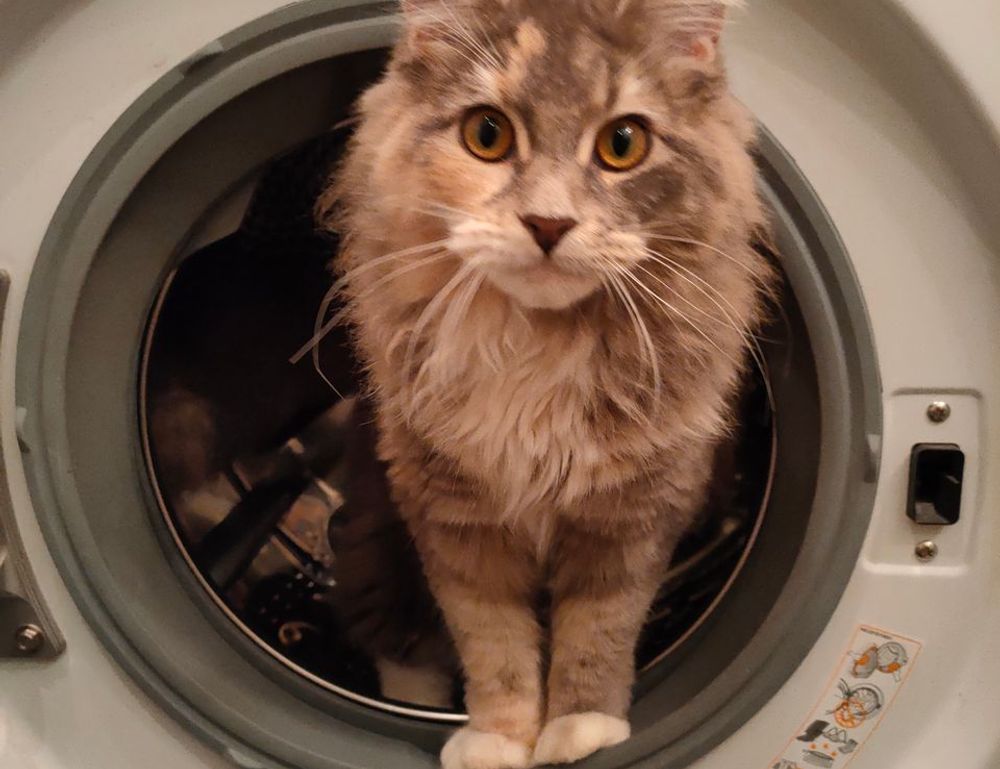What Are Loguytren Problems?
Loguytren problems refer to a hand condition where thickened tissue under the skin of the palm forms knots, eventually creating a thick cord that pulls one or more fingers into a bent position. The proper medical term is Dupuytren’s contracture, but for clarity and consistency, we’re sticking with loguytren problems here.
It usually targets the ring and little fingers and affects men more than women, especially those over 50. While it’s not lifethreatening, the condition can mess with your grip strength, hand coordination, and daily routines.
What’s Behind It? Causes and Risk Factors
Experts haven’t nailed down one definite cause, but they’ve identified some patterns.
Genetics: If your parents or siblings have it, your chances climb. Family history plays a big role. Age and Gender: Most common in males over 50. Ancestry: People of Northern European descent tend to be more affected. Lifestyle Factors: Alcohol use and smoking may increase your risk. Other Conditions: There’s a connection with diabetes and seizure disorders, although the link isn’t fully understood.
Despite all that, some people with no known risk factors still develop it. So while certain habits may make it more likely, it’s not entirely predictable.
Signs It’s More Than Just a Stiff Hand
It starts small. Most people notice a firm lump or nodule in the palm first. Over time, that lump becomes a cord. Then you’ll see one or more fingers refusing to extend fully. Stiffness shifts into rigidity. You can still feel everything—this condition doesn’t usually involve nerves—but you lose range. You might not notice early symptoms unless you’re using your hands a lot for work or hobbies.
Here’s what to watch for: Small lumps forming in the palm, near the base of your fingers Reduced hand grip Fingers stuck in a bent position Difficulty placing your hand flat on a table
Diagnosis: Quick and Straightforward
You don’t need a ton of tests. Doctors usually diagnose loguytren problems with a physical exam. They’ll check your hand for nodules or cords and assess your ability to lay your hand flat.
In some cases, they’ll use a “tabletop test” — asking you to lay your hand flat on a table. If you can’t do it, it suggests limited function from contracture.
Treatment Options: From Watching to Surgery
Treatment for loguytren problems depends on how far it has progressed. If the symptoms are mild and not interfering much, you may not need immediate medical intervention.
NonSurgical Options:
Needle Aponeurotomy: A needle pokes through the skin to break the cord. It’s quick but doesn’t remove the tissue completely, so the condition might come back. Enzyme Injections (Collagenase): This treatment injects enzymes to dissolve the thickened tissue. After injection, the doctor manipulates the finger to break the cord.
These procedures are minimally invasive and come with shorter recovery times.
Surgical Options:
Fasciectomy: This involves removing the thickened tissue. It’s more invasive but provides longerlasting results. Dermofasciectomy: Like a fasciectomy, but includes removing the overlying skin and replacing it with a skin graft.
Surgery is usually reserved for more severe cases where daily life is affected or when less invasive solutions haven’t worked.
Recovery and LongTerm Outlook
Healing from surgery can take a few weeks to several months, depending on the procedure and individual health factors. Physical therapy helps regain motion and strength. Keep in mind, even after successful treatment, contractures can come back.
Staying active with your hands postrecovery, managing diabetes if you have it, and reducing smoking or alcohol consumption may help slow recurrence. Still, followups with your healthcare provider are key.
DaytoDay Management Tips
Living with loguytren problems doesn’t mean you have to shut down your activities, but it might mean making a few changes.
Stretch Regularly: Gentle hand stretches can maintain flexibility. Use Ergonomic Tools: Look for tools with larger, padded grips. Monitor Progress: Watch for new nodules or increased stiffness. Consider Splinting: While not a cure, it can provide support.
Adapt, don’t avoid. Minor changes in your tools or techniques can go a long way.
When to See a Doctor
If you notice nodules, cords, or limited hand function, it’s time to get checked out. Early detection makes conservative treatments more effective and can delay or prevent the need for surgery.
Also, see a specialist if: You can’t place your hand flat on a table. The curvature of your fingers is worsening. You’re starting to drop objects or have trouble gripping.
Final Thoughts
Loguytren problems may not be common dinner conversation, but they deserve attention. They creep in quietly and, if ignored, can limit basic hand function. The earlier you act, the more options you have. Whether it’s a minor needle procedure or a full surgical fix, there are treatments to match the severity of the condition.
Don’t wait until opening a jar feels like a big ask. Talk to your doctor, check your grip, and give your hands the attention they quietly deserve. Addressing loguytren problems early could mean the difference between managing your life and reconfiguring it.
